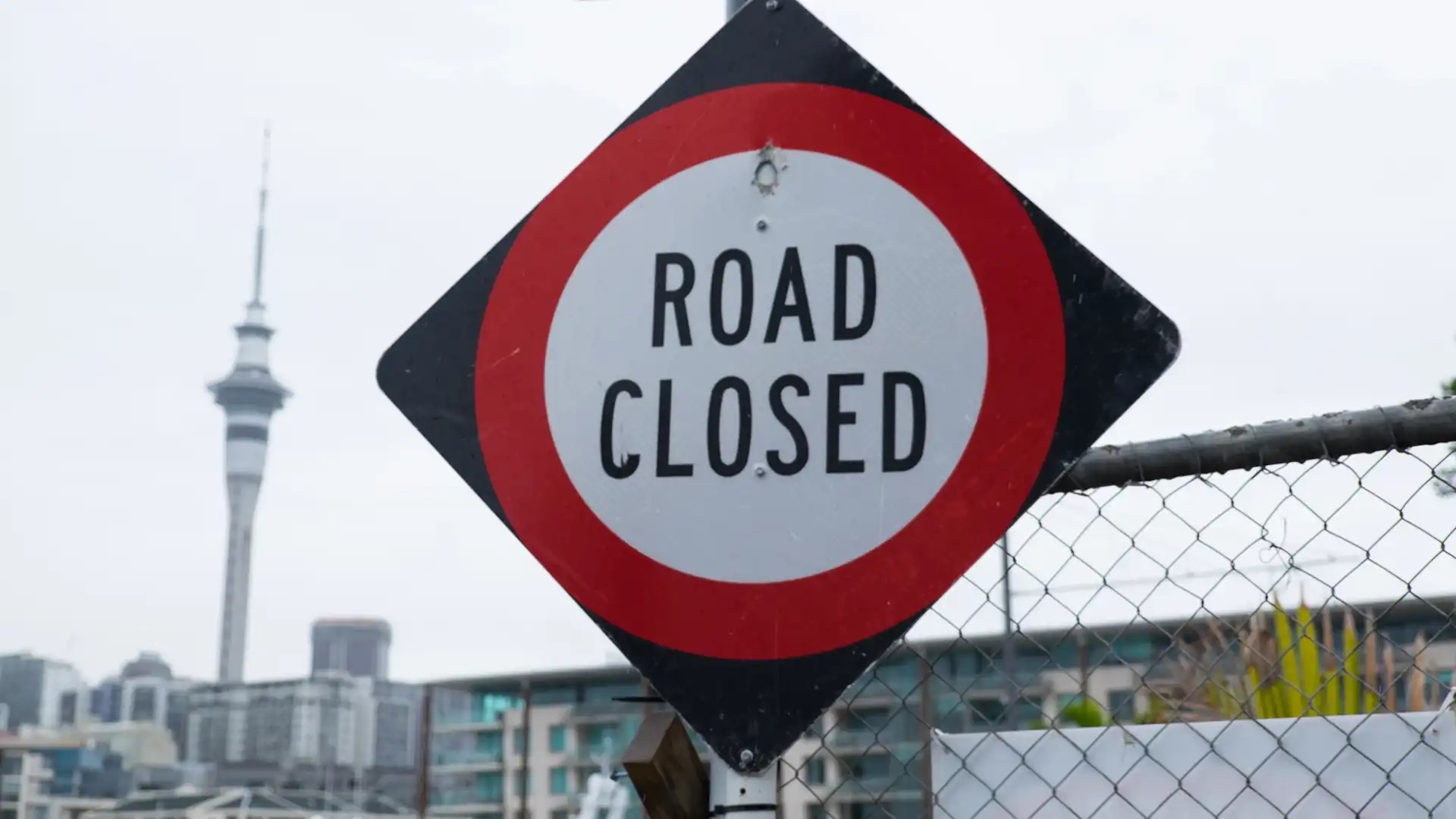Your Guide to Oversize Load Restrictions
Moving large, heavy, or wide loads requires careful planning and adherence to specific regulations. Navigating the rules and regulations can be overwhelming, especially in a country like New Zealand, with its diverse landscapes and unique road network. Whether you're a seasoned transport professional or a newcomer to the industry, we're here to help you understand the ins and outs of oversize load restrictions in NZ. We'll delve into the legal requirements, safety considerations, and best practices. Equipped with this knowledge, you can ensure that your oversized cargo reaches its destination smoothly without a 24-hour breakdown service. Let's begin this enlightening journey through the intricacies of oversized load transportation in the Land of the Long White Cloud!
What are the regulations for transporting oversize loads?
The Land Transport Rule governs the regulations for transporting oversize loads in New Zealand. These rules are set forth by the New Zealand Transport Agency (NZTA) and are subject to change, so it's essential to refer to the latest official documents for the most up-to-date information. Here are some key regulations for transporting oversize loads in NZ:
Permits
Oversize loads require special permits from the NZTA. These permits specify the conditions and restrictions for moving the load, including the routes, times, and any pilot or escort requirements. All applications for permits to transport oversized loads must be made in advance via the NZTA Truck Permit Portal.
Maximum Dimensions
The maximum dimensions for oversize loads vary depending on the specific type of vehicle and load being transported. Common parameters include maximum width, height, and length. Typically, loads wider than 2.55 metres, higher than 4.25 metres, or longer than 25 metres require oversize load permits.
Pilot and Escort Vehicles
Depending on the load size, escort or pilot vehicles may be required to accompany the oversized vehicle. These pilot vehicles help warn other road users and ensure safe passage through challenging sections or intersections.
Travel Restrictions
Oversize loads see restrictions during certain travel times and days, especially in urban areas or during peak traffic hours. Some routes may be off-limits for oversize loads due to narrow roads, low bridges, or other constraints. Any loads surpassing 3.1 metres in width or 4.3 metres in height are prohibited from using toll routes unless Waka Kotahi has granted explicit authorisation. In such cases, the operator of the oversized vehicle must adhere to any piloting or travel time restrictions imposed by Waka Kotahi.
Warning Signs and Lighting
Oversize vehicles must display appropriate warning signs, flags, and lighting to increase visibility to other road users, especially during low light or adverse weather conditions.
Speed Limits
Speed limits are reduced for oversized vehicles to ensure safe travel and minimise the risk of accidents.
Traffic Management Plans
Large and complex oversized loads may require traffic management plans. These plans outline the procedures for safely managing traffic during the transportation of the load.
Special Considerations & Public Notification
Special considerations may apply when transporting oversize loads near schools, hospitals, or sensitive areas. The public may need notification before transporting a particularly large or disruptive load.
Load Securing
Ensuring the load is securely fastened to the transport vehicle is crucial to prevent any incidents during transportation.
Identifying potential hazards and implementing safety precautions

When transporting oversized loads in New Zealand, it's crucial to identify potential hazards and implement appropriate safety precautions to ensure the safety of everyone involved and other road users. Here are some key hazards to consider and corresponding safety precautions to take:
Route Planning
Hazard: Inadequate planning can lead to unexpected hazards such as low bridges, narrow roads, or tight turns, posing risks to the load, the transport vehicle, and other road users. Precaution: Conduct thorough route surveys and use specialised route planning software to identify the safest and most suitable paths for the oversized load. Ensure all planned routes are pre-approved and comply with local regulations and restrictions.
Load Stability
Hazard: An improperly secured load can shift during transportation, causing instability, potential rollovers, or load spillage. Precaution: Utilise appropriate tie-down equipment, including chains, straps, and tensioners, to secure the load firmly to the transport vehicle. Regularly inspect and adjust the restraints throughout the journey.
Visibility and Signage
Hazard: Oversized loads can obstruct the driver's view, making it challenging to spot potential hazards or vehicles approaching from the rear. Precaution: Install oversized load signs, flags, and high-visibility warning markers on the front, rear, and sides of the transport vehicle. Use escort vehicles with flashing lights and warning signs to increase visibility and warn other road users.
Weather Conditions
Hazard: Adverse weather conditions like strong winds, heavy rain, or snow can impact the stability and handling of oversized loads. Precaution: Monitor weather forecasts before and during the journey. Avoid transporting oversized loads during severe weather conditions, and consider postponing the trip if necessary.
Traffic Management
Hazard: Managing traffic flow can be challenging with oversized loads, especially in busy urban areas or narrow roads. Precaution: Develop comprehensive traffic management plans that address potential congestion points, intersections, and road closures. Use pilot or escort vehicles to guide traffic and ensure safe passage.
Overhead Clearances
Hazard: Low-hanging power lines, tree branches, or bridges may pose a risk to the height of the load. Precaution: Verify overhead clearances along the planned route and, if necessary, arrange for temporary removal or raising of obstacles that might interfere with the load's height.
Load Weight
Hazard: Exceeding weight limits can cause damage to roads and bridges, leading to safety hazards and potential legal consequences. Precaution: Ensure that the load weight complies with legal limits and obtain the necessary permits for exceptions. Weigh the load accurately before departure.
Night Transport
Hazard: Transporting oversized loads at night can increase the risk of accidents due to reduced visibility. Precaution: If night-time transportation is unavoidable, ensure that all warning lights, reflective materials, and signage are in optimal working condition to enhance visibility.
Driver Training and Awareness
Hazard: Inexperienced drivers may not be familiar with the challenges of transporting oversized loads. Precaution: Provide specialised training for drivers handling oversized loads, emphasising safe driving practices, load-securing techniques, and situational awareness. By carefully identifying potential hazards and implementing robust safety precautions, you significantly reduce the risks of transporting oversized loads and promote safer road journeys. Always stay informed about the latest regulations and best practices to maintain the highest safety and compliance standards.
Keep your truck on the road with William Gill
Are you looking for a reliable team of truck mechanics to get your rig roadworthy again? No job is too big or too small for William Gill and Sons; truck repairs are our speciality. If your truck needs servicing or repairs, get in touch with us today.


